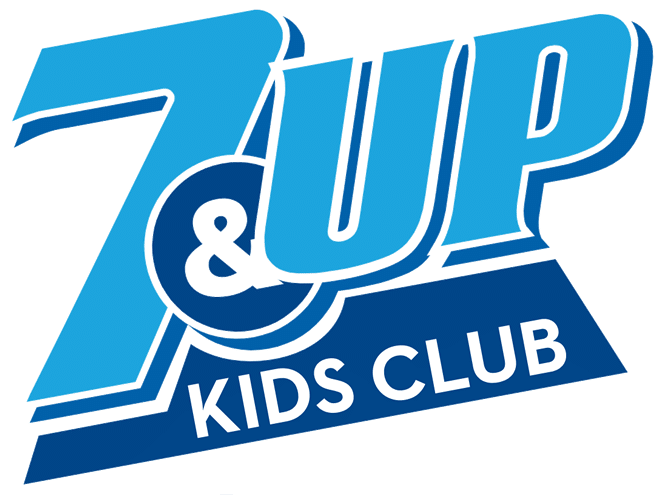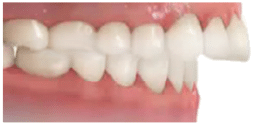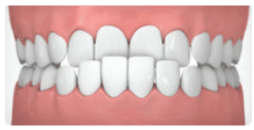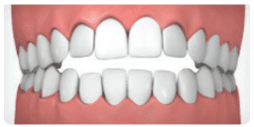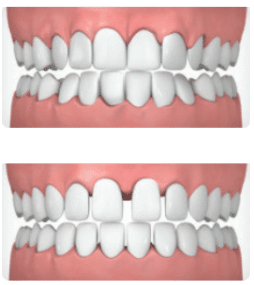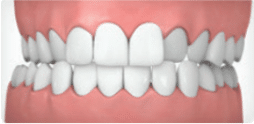Why Age 7?
While orthodontic treatment most often begins between the ages of 11-14, some orthodontic problems are best corrected earlier. The American Association of Orthodontists recommends that every child see an orthodontist by age 7 to check for bite problems that only orthodontic records can identify.
Many times the primary care dentist can spot these developing orthodontic problems and will refer for a consultation; however, sometimes the problems are hidden and can go unnoticed and can severely impact future orthodontic care. By age 7, the first set of adult teeth have typically erupted, and an orthodontic specialist can properly detect early warning signs and recommend the most timely, conservative, and effective correction of any such problems. Timing is often critical due to future tooth eruption and bone maturation that takes place between ages 7-12.
Benefits of a Free Evaluation
Early detection of orthodontic problems does not necessarily mean early treatment. When deemed appropriate, however, early intervention can minimize the need for more costly and extensive care later.
For example, making space for the permanent teeth (arch expansion) can often prevent them from getting stuck (impacted) in the jaw bone and allow for normal eruption. Because the growth of the jaws can be manipulated by the orthodontist at a young age, early treatment of a poor jaw relationship (bad bite) can often prevent the need for corrective jaw surgery at a later age. In addition, alignment of your child’s teeth at a young age can enhance self-esteem at an important time in social development.
Does My Child Need Orthodontics, and is Now the Right Time?
Many dental and skeletal problems are best treated during the early teenage years; however certain problems are best addressed at an earlier age. Our doctors will let you know when an orthodontic problem should be treated and what treatment options are available.
Can Invisalign Be Used?
As Northern Nevada’s Top 1% Elite Invisalign Specialists, Orthodontic Partners has an unmatched level of clinical experience in treating both children and adults with braces or clear aligners. To answer these questions and others, a complimentary examination is offered by Orthodontic Partners.
Exam Includes Evaluation of:
- Teeth
- Jaws
- Gums
- Smile
- Facial Balance
- Airway
- Jaw-joints
- and more

